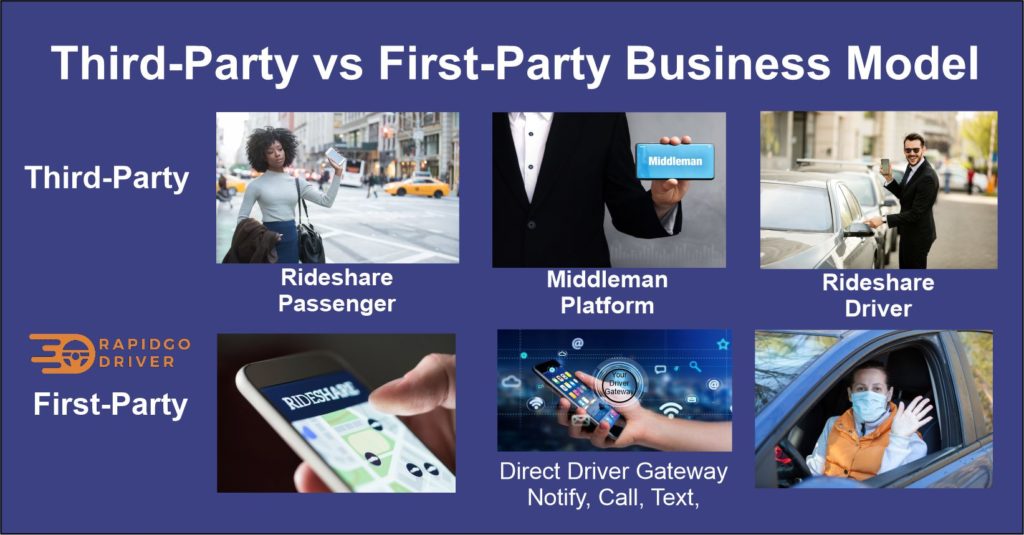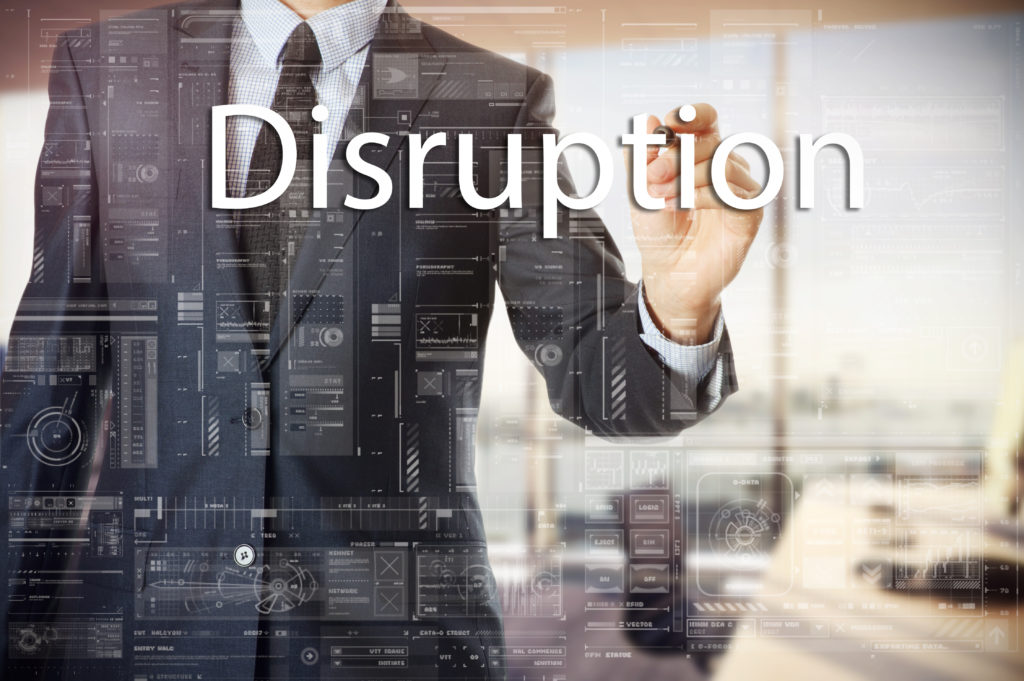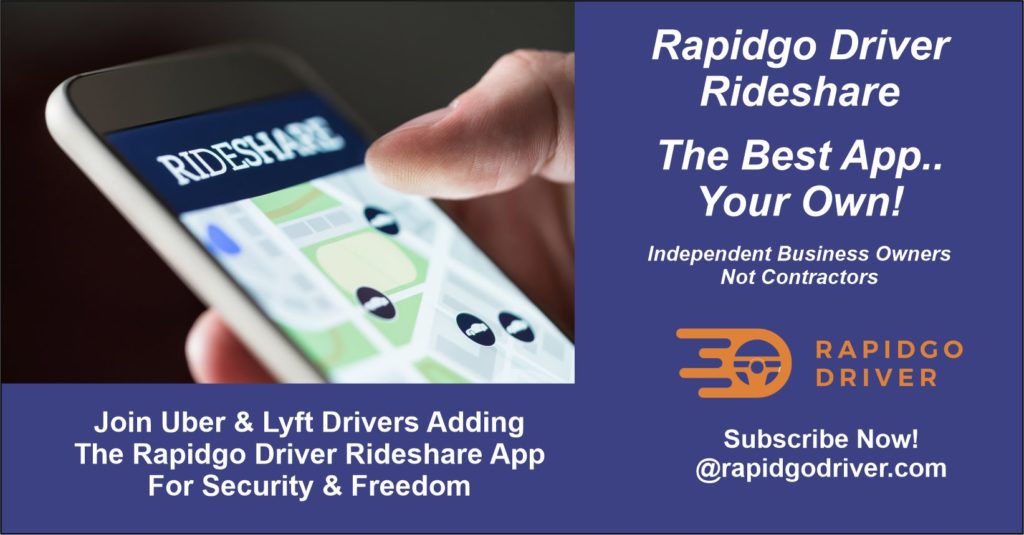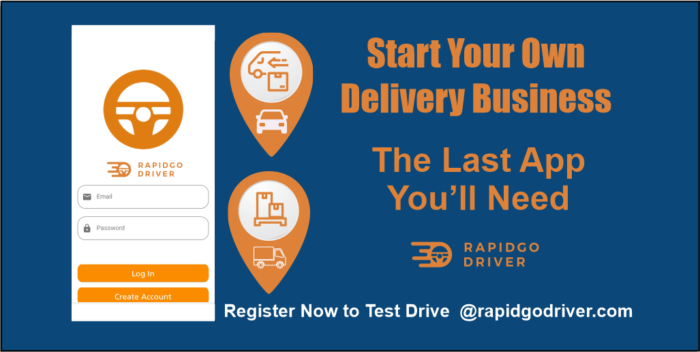Is the Uber Economy dead or alive? Imagine Uber, minus the Uber part! How would that look? Uber and Lyft rideshare models are examples of Third-Party Platforms in general. Third-Party is meant here to describe any app driven platform that operates between a driver and the customer requesting their services, with terms and conditions profiting the platform for each transaction.

Any online business that channels payments from the customer, deducts a fee, and then passes the balance to the driver is Third-Party. This includes modified models that assert direct Customer-Driver payment interface, yet dictate the services the Driver may offer through their app.
Even in models where the Driver is provided with a bank card for transferring funds from the customer, the transaction itself has a financial transfer cost and represents a Third-Party Platform function. Multiple competing app models have recently materialized in attempts to imitate the Uber-Model and adapt it more in line with AB5 and the California Prop. 22 outcomes.

How AB5 & Prop. 22 Impacts Delivery Drivers
Historically, Prop. 22, supported by Uber, arose from challenging the California Assembly Bill 5 or AB5, a state statute that expands a landmark Supreme Court of California case, Dynamex Operations West, Inc. v. Superior Court. The ruling in 2019 by the California Supreme Court against the plaintiff, Dynamex, a delivery company, set the precedent that all workers are employees unless their engagement meets the ABC Test criteria:
- “The person is free from the control and direction of the hiring entity in connection with the performance of the work, both under the contract for the performance of the work and in fact.
- “The person performs work that is outside the usual course of the hiring entity’s business.
- “The person is customarily engaged in an independently established trade, occupation, or business of the same nature as that involved in the work performed.”
It has been widely speculated that under AB5, if Uber were to classify rideshare drivers as employees with unemployment and healthcare benefits, their business model would collapse due to exorbitant price increases across the board.
Following the estimated $200 million spent by Uber and others to sway voters in the November 3rd election, drivers were deemed to maintain their independent contractor (IC) status with some benefits derived from a State pool of funds supported by app platform contributions. In essence, drivers were reclassified in a newly created level of employment.
At question is what constitutes “independent” in terms of driver flexibility and freedom to pursue other sources of income, while receiving employment benefits. Opposing sides are adamant in their beliefs.

Many drivers welcome the designation of IC offering some security from limited unemployment and healthcare benefits. Others see this as a subterfuge of their rights to full employment benefits regardless of the consequences to the Third-Party Platform survival.

Other drivers are just as committed to their belief that “independent” really means independence. These drivers are perhaps more entrepreneurial in that they are prepared to provide for their own benefits while avoiding any restrictions to profits.

The current Uber-Model of rideshare has disappointed drivers, riders, and stakeholders. Social media posts illustrate both customer’s and driver’s complaints with daily rants about poor service from app platforms. Shareholders are in legal battles over being misled by Uber’s over-optimistic IPO launch that has failed to provide returns to investors.
Third-Party models have obvious inherent platform costs. Along with their infrastructure of bricks and mortar and worldwide staff, the energy consumption to run the myriad server interfaces required for Third-Party transactions have a significant carbon footprint.
The cost of the middleman is under scrutiny from all sides as the Third-Party Platforms continue to struggle to find their profitable service niche. Is the service they provide worth the cost?
If you want to win, here is how. As a Driver, simply eliminate the Uber platform and utilize your own platform to communicate directly with Customers and receive fees and tips directly to you. You can develop your own customer base and spend your driving time filled with income rather than wait time. If safety, flexibility, and freedom are important to you, take back control of your earning power and peace of mind. Register for the Rapidgo Driver app download and start earning the day you start making deliveries
For more tips on starting your own delivery driver business, review this resource.
In addition to Top 2020 Food Delivery Apps, more on Uber driver options HERE.



